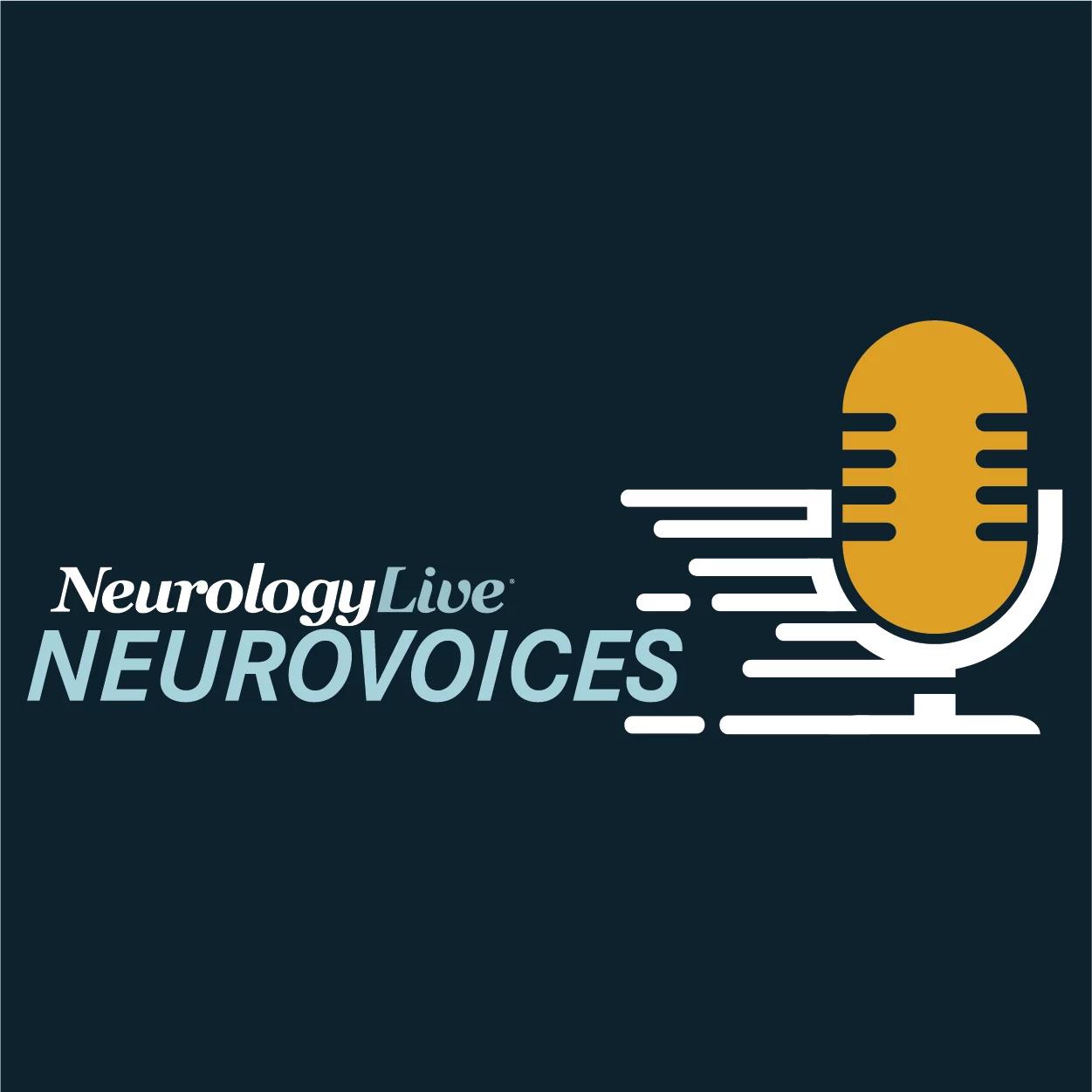Commentary
Video
The Art of Patient Assessment and Knowledge of Treatment Options in Migraine: Dolores D. Santamaria, MD
The director of the Headache Center at Allegheny Health Network talked about the evolution of migraine treatments and highlighted the importance of personalized medicine for patients living with this disabling condition. [WATCH TIME: 10 minutes]
WATCH TIME: 10 minutes
"This [migraine] stigma is crumbling down as we're developing and discovering more and more neuronal pathways, and this is just a start [in the field]."
Previous findings in studies showed that patients with migraine were often not aware that they had the condition, which potentially led to ineffective use of treatments. In a prior study published in Neurology, patients aged less than 40 years were more likely to misidentify their migraine as stress headache and those who were aged 40 years or older were more likely to misidentify their migraine as sinus headache.1 Among the 3074 patients who met with migraine criteria, 54% of them did not know that their headache were migraine. These findings suggested that public education should target patients with severe or disabling headache, to create more awareness of the diagnostic possibilities for migraine.
Not only is education about migraine important for patients but also awareness of the types of treatments available to them and their understanding of their mechanisms is also essential for effective care. In a prior study published in Headache, findings revealed that patients who received education at the time of being prescribed triptan had a greater knowledge regarding optimal use of the therapy.2 In addition, triptan users who received this education had greater recognition of the importance of taking the treatment immediately at the onset of a headache, treating when pain was mild, and understood that coronary artery disease was known as a contraindication to use of triptan.
In honor of Migraine and Headache Awareness Month, held June 2024, Dolores D. Santamaria, MD, the director of the Headache Center at Allegheny Health Network, sat down with NeurologyLive® in an interview to share her clinical perspective on the recent progress in the migraine field in terms of assessing patients for diagnosis and the different types of treatments that are available for the condition. For example, she provided commentary on how triptan and monoclonal antibodies differed in their mechanisms for treating these patients. She also talked about the role neuronal plasticity plays in the effectiveness of treatments for migraine and how nonpharmacological therapies, such as electric modulation devices, compare with traditional medication in treating this disabling condition.





